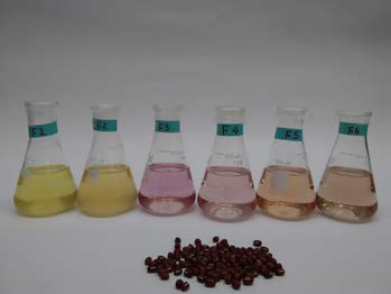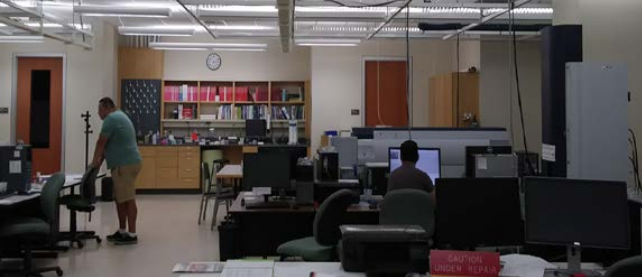The report came from Associate Professor Han who was visiting the Department of Animal Sciences at UW Madison.
Collaborative research with Professor Reed of the Department of Animal Science, University of Wisconsin-Madison 1
September 4, 2017
Kyuho Han
For a two-month period, from July to September 2017,I visited the UW-Madison, where I collaborated with the Reed Research Group (RRG) headed by Professor Reed of the Department of Animal Sciences, in analyzing the polyphenol composition of small red beans (adzuki) and adzukinomoto extracted from adzuki beans. The RRG laboratory employs one professor, four researchers, two doctoral students, two master students and three undergraduate interns. The main research interests of the laboratory staff are developing alternative antibiotics using polyphenols, nanoparticle coupled antibiotics, and chitosan-proanthocyanidins (PACs), preventing urinary tract infections with Escherichia coli, and incorporating PACs in cosmetics.
Even though Dr. Reed is on vacation during the summer, he evaluates the weekly progress of each laboratory member’s research in a teleconference session every Friday. Each laboratory member presents his/her weekly progress and results followed by questions from Dr. Reed and further clarifications from the researchers. In this way he is able to manage the RRG laboratory routine and his ongoing research projects.
Currently, I am analyzing pigments extracted from adzuki beans using an organic solvent, with a MALDI TOF-MS, to identify the characteristics of PACs. As the MS is managed by Professor Martha M. Vestling in the Department of Chemistry, I conducted the analysis using the MALDI TOF-MS under her supervision. Though OUAVM has HPLC-MS equipment, UW- Madison maintains a common analytical facility in the Department of Chemistry, which is well-equipped with devices for NMR, Mass spectrometry and X-ray diffractometric analyses. These instruments can be used by any university member, obviating the need to purchase expensive analytical equipment for each laboratory. As highly sensitive analytical instruments are required to obtain highly reliable data in the field of analytical chemistry, he was very impressed by this facility.
- Each fraction obtained from small red beans
- Device analysis room for Mass Spectrometry


